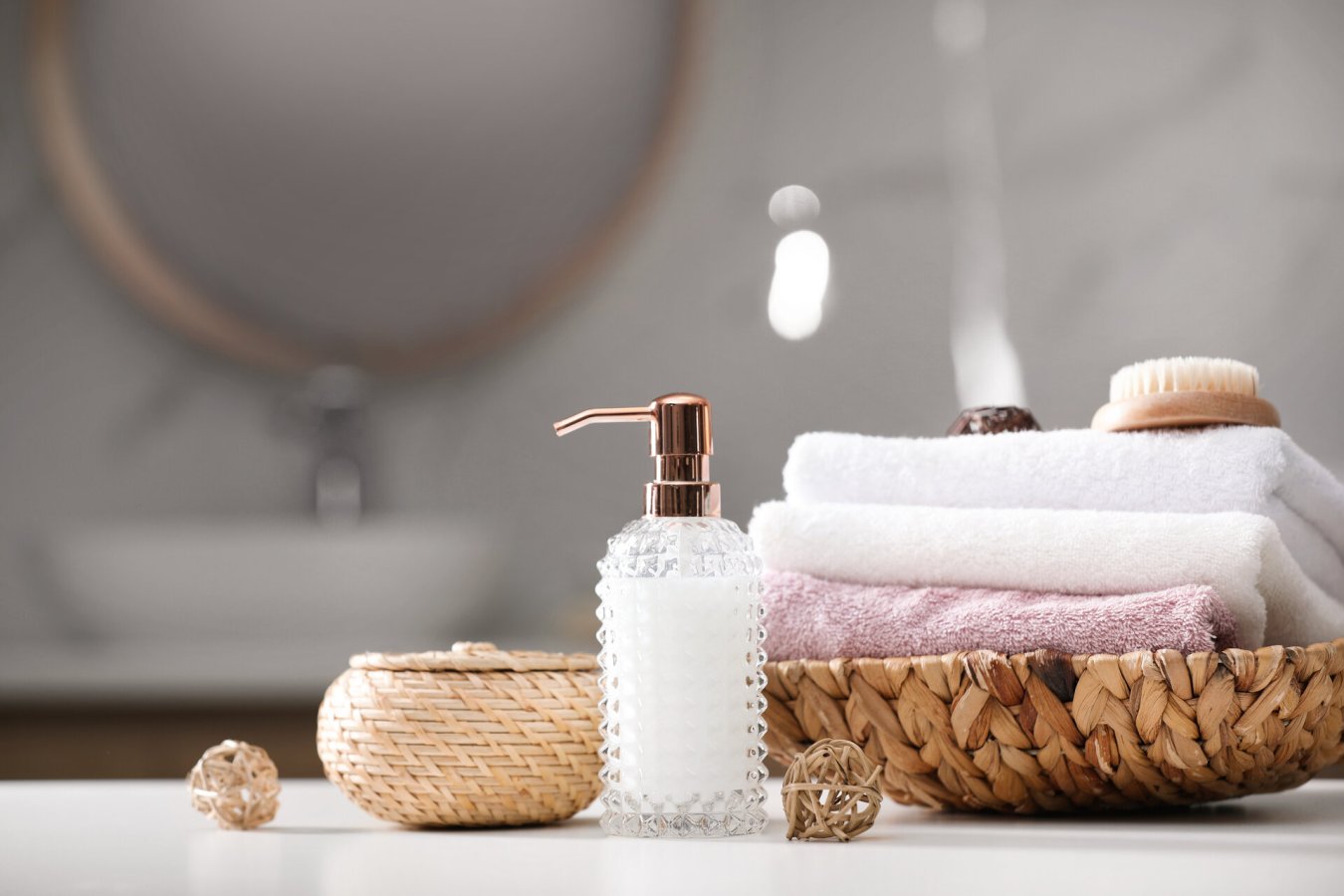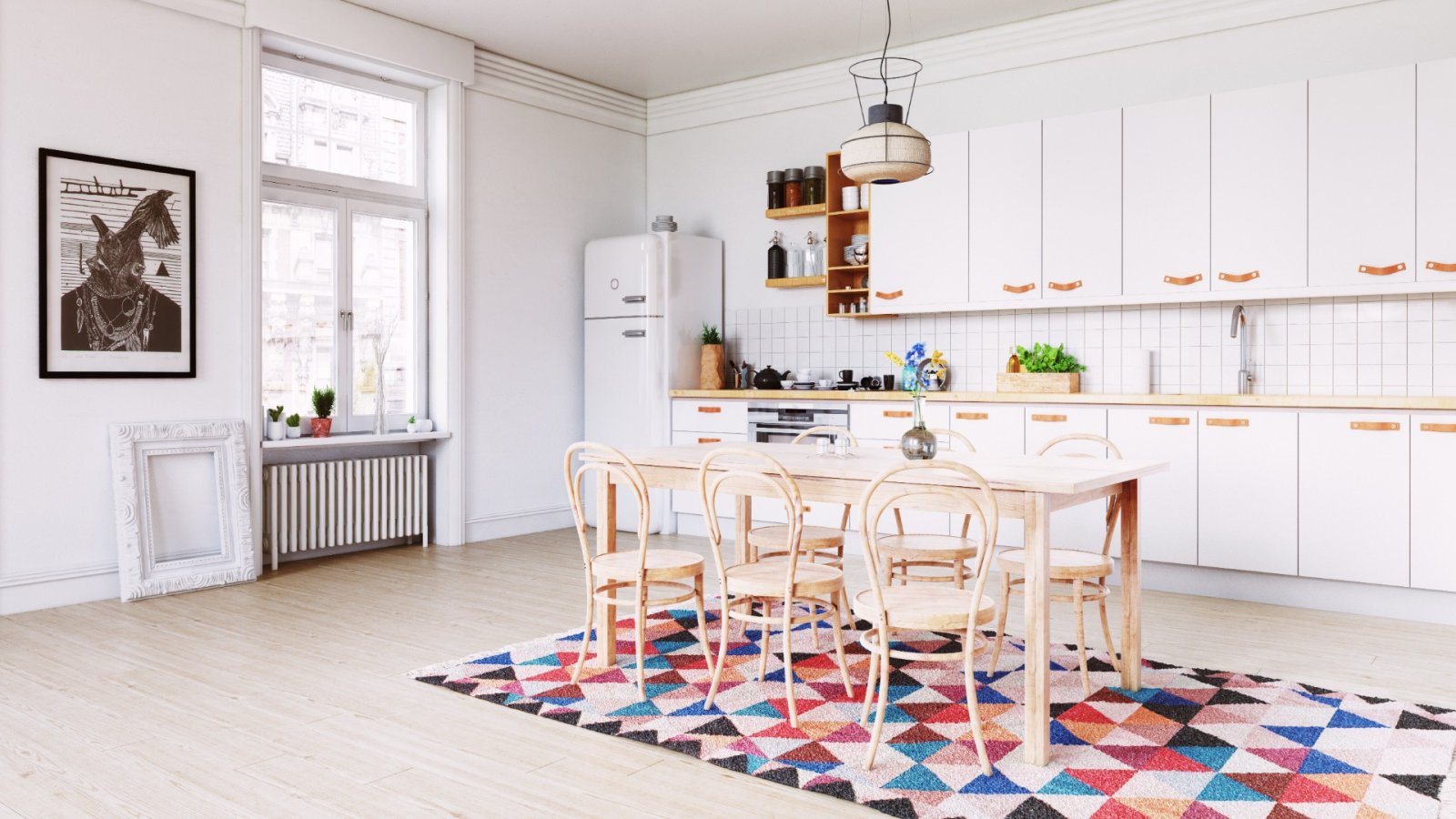While small, Denmark has made a significant global impact, especially during the Viking era known for their feats of exploration and conquest. This same innovative spirit can be seen in Denmark's interior design industry and the influence of its designers around the world.
In this article, we will explore the key elements of Danish interior design styles and philosophies, along with some of the most renowned Danish designers who helped shape modern design.
What defines the Danish design aesthetic began emerging in the late 1940s as Danish furniture designers, architects, and artists started gaining international recognition. One of the most influential Danish designers was an architect who designed and furnished the iconic SAS Royal Hotel in Copenhagen, now known as the Radisson Blu Royal Hotel, in 1960. His designs helped establish the clean, functional approach that became synonymous with modern Danish design. Other notable Danish furniture pioneers from this period included the creator of the iconic PK22 chair and the designer behind the simply elegant S chair, both of which are still in production today due to their timeless designs and quality craftsmanship.
Danish design is defined by an understated yet sophisticated aesthetic that seamlessly blends form and function. There is an emphasis on clean lines, high-quality craftsmanship, and accessibility - creating beautiful pieces that are affordable and improve daily life.
Similarly, Danish designers, along with their Nordic counterparts, aimed to reflect the democratic values and social consciousness of their homeland. Furnishings were designed not only to be aesthetically pleasing but also practically useful for people from all walks of life.
The hallmarks of Danish interior design
The Danish design philosophy values elegant minimalism, durability, and timelessness. Interiors feature sparsely decorated rooms bathed in natural light, balanced by cozy details. Understated furniture allows the clean, open space to take center stage.
This approach was put to the test during the pandemic as people spent increasing time at home. The Danish concept of "hygge" or comforting coziness proved vital for well-being when isolation was necessary. Prioritizing hygge through thoughtful design shows how the Danes have long created living spaces that nurture body and soul as a place of refuge in times of need.
When texture adds depth
While Danish design is known for clean lines and minimalism, the most authentic Danish homes have layers of visual interest. Texture plays an important role, along with neutral colors and tasteful accents. When decorating in the Danish style, choose a color palette featuring subtle tones rather than stark black and white. Incorporate natural materials like various types of wood and antique furnishings to give the space tactile depth.
Going beyond neutrals
Contrary to common assumptions, Danish design is not limited solely to black and white. Designers often use neutral earth tones found in nature, like green, brown, and stone. Mixing wood textures and mismatched furnishings within a neutral framework provides visual intrigue. In recent years, the "Danish Pastel" trend has grown in popularity, infusing homes with soft shades inspired by nature.
Harnessing natural light
Danish design is renowned for its clean palettes, cozy accents and unique modern furnishings. Equally defining is the way designers skillfully employ natural light. Light adds layers of visual interest, enhancing materials and imbuing interiors with a sense of energy. More than any other design element, playful manipulations of sunlight and ambiance create allure, inspiring uplifting emotions for occupants.
How to play with colorful accents
While furniture in the Danish style remains understated, color finds its way into interiors through artistic touches. Graphic multiples of expressive artworks are commonly incorporated. This balances the sleek lines of furnishings and activates spaces. Candles - often in sculptural forms and aromatic blends - are a signature Danish way to introduce tactile layers of the atmosphere.
When adopting a Danish design aesthetic, warm wood tones are a key ingredient. Wood creates a lively, sun-drenched atmosphere without relying on bright colors. Selecting statement accessories made from wood, like decorative bowls or tray tables, allows interiors to radiate effortlessly.
The power of contrast
Contrast is an essential tool in the Danish designer's toolkit. Introducing bold pops of color through accent pieces creates visual excitement within an otherwise minimalist palette. Contemporary furnishings provide balanced contrast when juxtaposed with ornate architectural details, resulting in harmonious drama. Playing with high and low contrasts yields dynamic interiors and accentuates the elements of each space.






